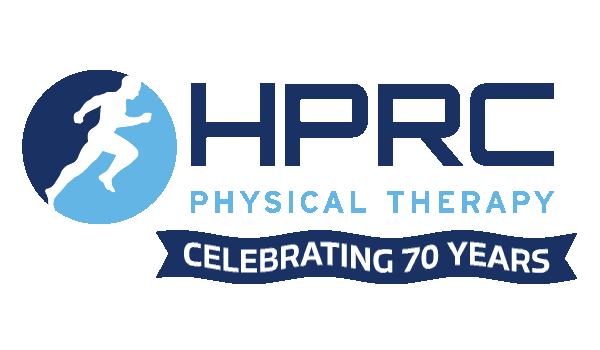Concussions
Headaches are one of the most common reasons that people see their primary care physician and they account for 20% of outpatient visits to neurologists.
People with chronic (or persistent) headaches report disabling symptoms that interfere with daily activities. Multiple concussions only increase these risks. And with so much conflicting data available on the internet, it can be tough to know how to manage a concussion should you suffer from one.
According to Blue Cross Blue Shield’s 2016 Health of America Report on concussions, the incidence of concussions among adolescents between the ages of 10-19 rose a staggering 71 percent between 2010 and 2015. For girls, the incidence spiked 119 percent during that time, though almost twice as many concussions were diagnosed in boys. Sports related concussions in adolescents account for 30% of concussions. The other 70% are a result of falls, traffic accidents, or being struck or hit.
How do I tell if I have a concussion?
One of the challenges of diagnosing concussions is that symptoms can occur at different times. For some people, they appear instantly, but for others it can be hours or even days.
Symptoms also vary from person to person. There are a number of signs and symptoms to be aware of, including the following:
Physical
- Headache
- Balance Issues
- Dizziness
- Visual Disturbances
- Fatigue
- Light and/or Noise Sensitivity
- Head and Neck Pain
- Nausea
Sleep
- Decreased Sleep
- Increased Sleep
- Difficulty Falling Asleep
- Difficulty Staying Asleep
Cognitive
- Fogginess
- Trouble Focusing and Concentrating
- Memory Issues
- Slow Response
Emotional
- Irritability
- Sadness
- Depression
- Anxiety
- Moodiness

